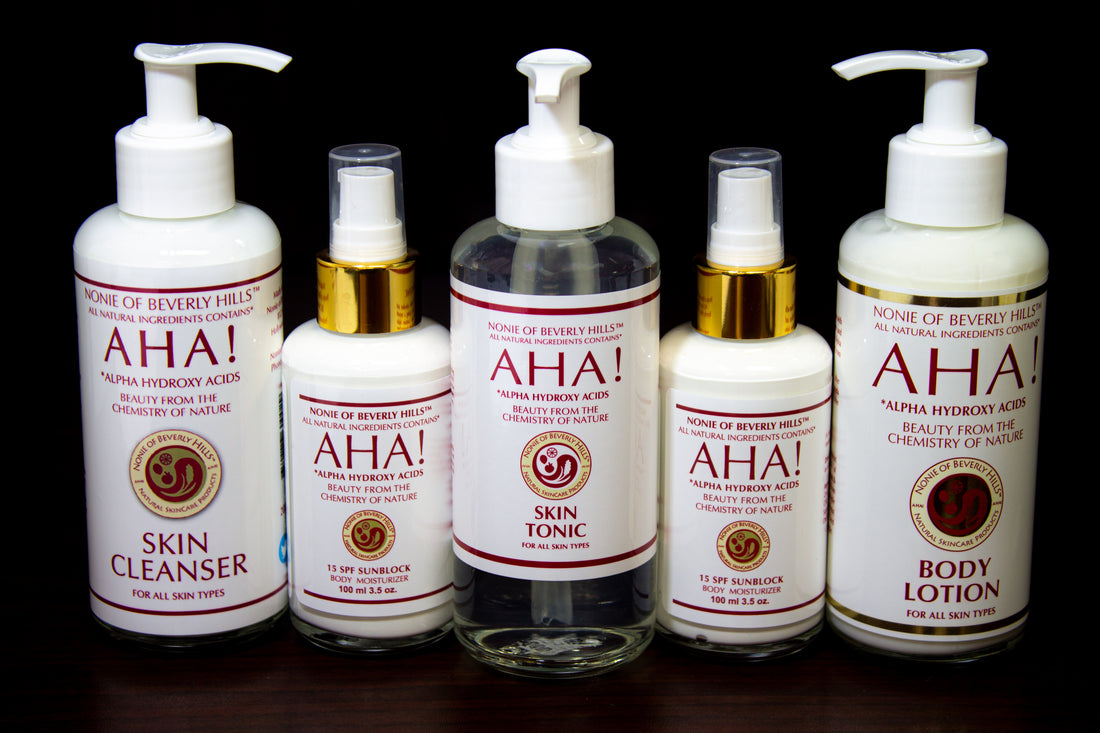
Disparities in Dermatology: Addressing the Gaps in Care and Representation
Share
Addressing Disparities in Dermatology
Dermatology is among the least diverse medical specialties in the U.S., with only 3% of dermatologists being Black and 4.2% Hispanic, despite 13.4% of Americans being Black and 18.5% Hispanic. This lack of diversity is especially concerning in diverse states like California.
One significant issue is the underrepresentation of darker skin tones in dermatology textbooks. A 2021 study found that 81% of dermatologic disease images depicted fair skin. Although newer textbooks are improving, the change is gradual.
Dr. Opene highlights that skin conditions can present differently depending on skin tone. For example, darker skin may not show redness clearly; rashes might appear purple or raised. Recognizing these variations requires specific training.
She also notes that common skin conditions can leave darker skin with post-inflammatory hyperpigmentation or hypopigmentation, causing distress despite clinical improvement.
Keeping Skin Healthy
Dr. Opene advises daily sunscreen use for all skin tones to prevent sun damage and reduce skin cancer risk. While people with darker skin have a lower risk of sun-induced skin cancers, they are equally at risk for acral lentiginous melanoma, which can appear on palms and soles.
Self-Examination and Early Detection
Regular self-examinations are crucial. Dr. Opene recommends checking your skin in good lighting every few months and becoming familiar with your moles and other features. Noticing changes early can prompt timely medical consultations.
Embracing and Caring for Your Skin
Dr. Opene enjoys the variety of patients she sees and the opportunity to improve their quality of life. She emphasizes being kind to your skin, which faces significant environmental stress, and seeking professional advice for concerning changes.
By addressing these disparities and promoting comprehensive care, dermatology can become more inclusive and effective for all skin tones.
